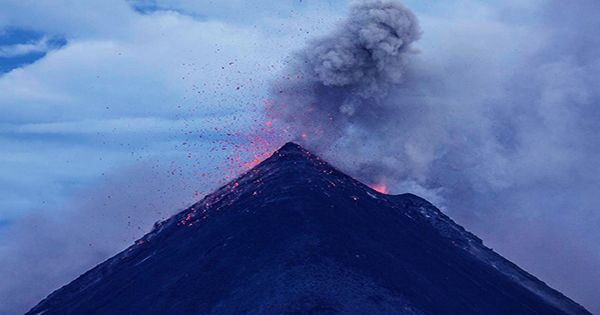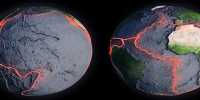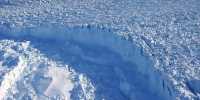The planet’s “most infamous” volcano has been erupting with increasing lava bombs in recent weeks, emitting large ash droplets into the atmosphere. A black-and-white time-spent video of Anak Krakatau shared by Volcano Discovery shows several minutes of permanent nighttime eruptions as lava bombs are seen coming out of the volcano and slowly smiling on its shores. An update shared on Tuesday noted that the volcano was “emitting large amounts of gas and vapor” in small eruptions and giving a “constant slow motion” at night. The volcano is still erupting as of Thursday, and since then the volcanic ash advisory has been requested. Satellite images show ash plumbing above the top of the volcano shared by NASA Earth Observatory.
Verity Flower, a USRA volcanologist based at NASA’s Goddard Space Flight Center in a statement said, “The location of the plume indicates that it is volcanic at the source.” The flower is using NASA’s Multi-Angle Imaging Spectroradiometer (MISR) sensor on NASA’s Terra satellite to measure the distance traveled by ash plumes, as well as to observe the shape, size, and light emission properties of particles in plums.
The color of the plume indicates that it is probably composed of a mixture of water vapor and gas, both small reflective particles that give it a white, delayed appearance. In contrast, gray or brown plums are composed of dark gray particles, one of which is seen to extend northwards at a lower altitude than the white part. Flower said, “This is probably due to the low concentration of heavy ash particles in the atmosphere and the ability to move northward with the help of nearby surface winds.” “On the contrary, any water and gases in the plume will transfer lighter, higher, and condense faster in the atmosphere.”
Krakatau in Indonesia is responsible for several of the most devastating explosions in recent history. Located near Sunda Street between Java and Sumatra, it has experienced more than 50 eruptions in the last 2,000 years alone. The volcano most recently erupted in 2018, with one of its flakes collapsing which triggered a deadly tsunami, killing hundreds of people and emitting ash-driven ash flakes into the stratosphere. The videos of the fire showed footage of lava pouring over Anak Krakatau (son of Krakatau), the most active area of the volcano, as well as ash plumes rising to an altitude of 900-2,100 meters (3,000-7,000 feet) and glimpses of lightning showing a dramatic force of nature.
Indonesia’s Ministry of Energy and Mineral Resources says the volcano has seen increasing activity over the past two weeks, although no threat of threat has increased. The flow of carcasses and ash precipitation has been revealed within a radius of 2 kilometers (1.2 miles) around the hole, but experts have confirmed that the level of risk is on two of the four scales and four are the highest.
















